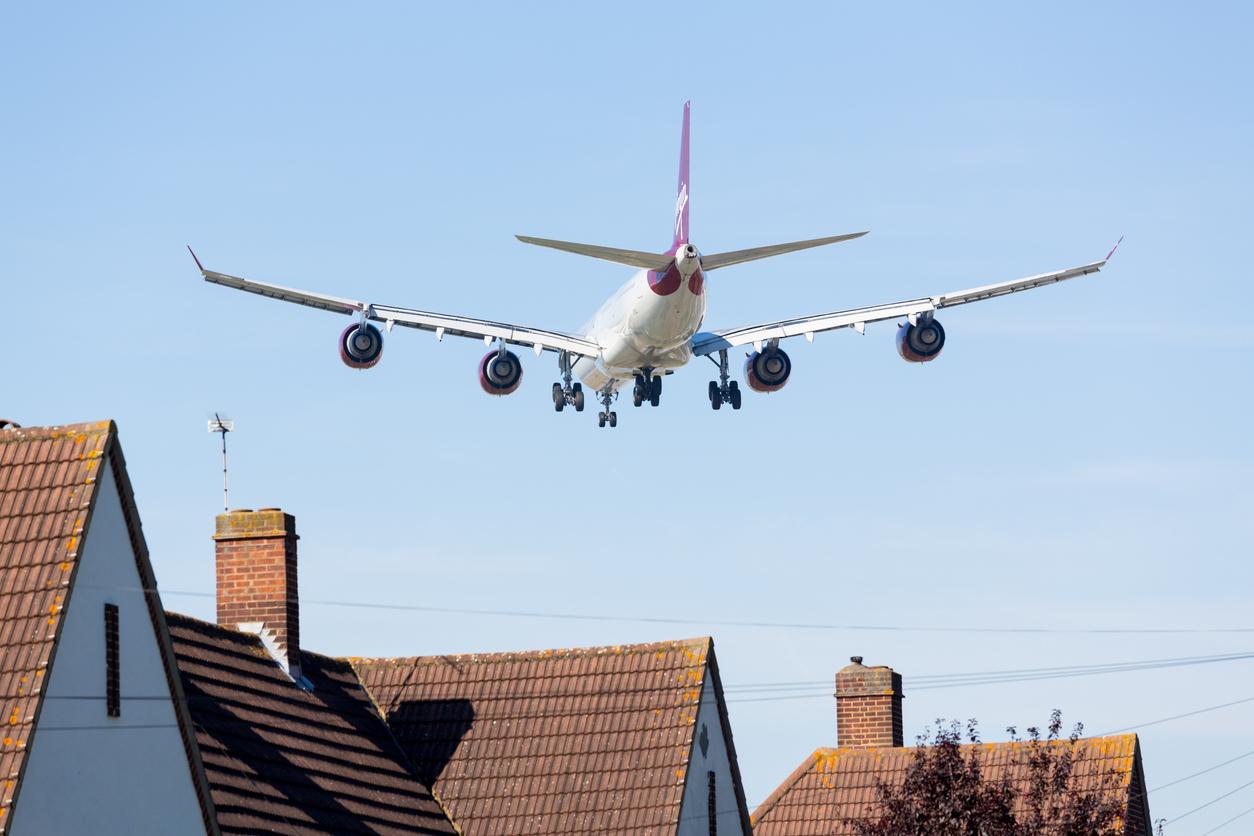Are you planning to fly away for your next vacation? You are quite right ! Provided you have checked that you are not affected by certain contraindications. The journeys in planes are not so unusual!
” Airlines have the right to refuse to take passengers with problems that are likely to worsen or have serious consequences during the flight. They can seek permission from their doctor if they believe a passenger is suffering from a mental or physical illness or disorder. », Reports the World Health Organization (WHO). What medical conditions are involved? Top Health takes stock.
Some people may not tolerate the decrease in oxygen levels on an airplane
More and more of you are traveling by plane and especially in long-haul flights. However, it should be kept in mind that air travel, especially over long distances, exposes passengers to various phenomena that can affect their health and well-being. People who have already medical background can be there more sensitive and must consult their doctor before a possible trip. Which doesn’t mean he won’t let you fly! Your doctor will simply make you aware of the right gestures and precautions to take to ensure that your flight takes place in the best possible conditions.
The WHO recalls in a report that atmospheric pressure in the plane is lower than it is at sea level. This is why the oxygen content of the blood decreases (hypoxia) and the volume of gases increases in the organism. The effects of lower atmospheric pressure are generally well tolerated by passengers in good health. However, depending on your health history, this may be contraindicated.
” Passengers suffering from certain illnesses, including cardiovascular or respiratory illnesses or blood disorders such as anemia, may not cope well with reduced oxygen levels (hypoxia) “, indicates the WHO.
It is also not recommended for people who suffer from infection of the earof nose or some sinus to fly because the inability to compensate for the pressure difference can be painful or cause trauma.
Besides, humidity in an airplane cabin is low, usually less than 20% (home humidity is normally over 30%). ” This can dry out the skin and cause discomfort in the eyes, mouth and nose but poses no health risk. This discomfort can be alleviated by slathering on moisturizing lotion, using a saline nasal spray to moisten the nasal passages, and wearing glasses instead of contact lenses. Low humidity does not lead to dehydration and there is no need to drink more “, assures the WHO.
People prone to blood clots and heavy legs must however be vigilant. Prolonged immobility, especially in a seated position, sometimes leads to an accumulation of blood in the legs, resulting in swelling, stiffness and discomfort. It is known that stillness is one of the factors that can cause a blood clot to develop in a deep vein, called deep vein thrombosis.
What are the 18 medical conditions that can prevent you from getting on a plane?
If, before departure, the crew suspects that a passenger is ill, they will inform the captain. The latter will then decide if the passenger is fit to travel, if he needs medical attention or if he presents a danger to the other passengers, the crew or to the safety of the aircraft. From medical conditions which will pose a problem, we find:
-THE infants less than 7 days;
-THE pregnant women after the 36th week of pregnancy (after the 32nd week in case of multiple pregnancy) and up to 7 days after delivery;
-People suffering from any of the following diseases: angina (angina pectoris) or chest pain at rest ; disease contagious serious or acute; badly decompression after diving ; increase in intracranial pressure because of a hemorrhage, trauma or infection; infection of sinuses, ear or nose, especially if the Eustachian tube is blocked; myocardial infarction or recent cerebrovascular accident (the delay will depend on the seriousness of the pathology and the duration of the trip); recent surgery or trauma involving a risk of flatulence (in particular abdominal trauma or gastrointestinal intervention); craniofacial or ocular trauma, brain surgery or operation of the eye with ocular penetration; severe chronic respiratory diseasedifficulty breathing at rest or unresolved pneumothorax; sickle cell disease ; psychotic disorder, unless it is completely under control.
The list above is not limited and fitness to travel must be decided on a case-by-case basis, the WHO says.
Some advice from WHO if you are planning a long-haul flight
THE jet lag disrupts the body’s internal clock (about 24 hours) and circadian rhythms due to traveling across multiple time zones in a short period of time, for example when flying from east to west or west to east.
These conditions may cause indigestion, intestinal transit disorders, general malaise, drowsiness during the day, insomnia the night or reduced physical and mental abilities. Its effects are often in addition to fatigue from the journey itself. ” Symptoms related to jet lag gradually disappear as the body adjusts to local time “, reassures the WHO.
To limit the inconvenience, remember to to rest before leaving. Eat light and avoid consuming the alcohol.
Once at destination, try to get as much sleep as usual per 24 hours. It is estimated that it is necessary to sleep a minimum of 4 hours during the local night to allow the body’s internal clock to adjust to the new time. If possible, supplement the total sleep time by taking a nap whenever the urge arises during the day.


















